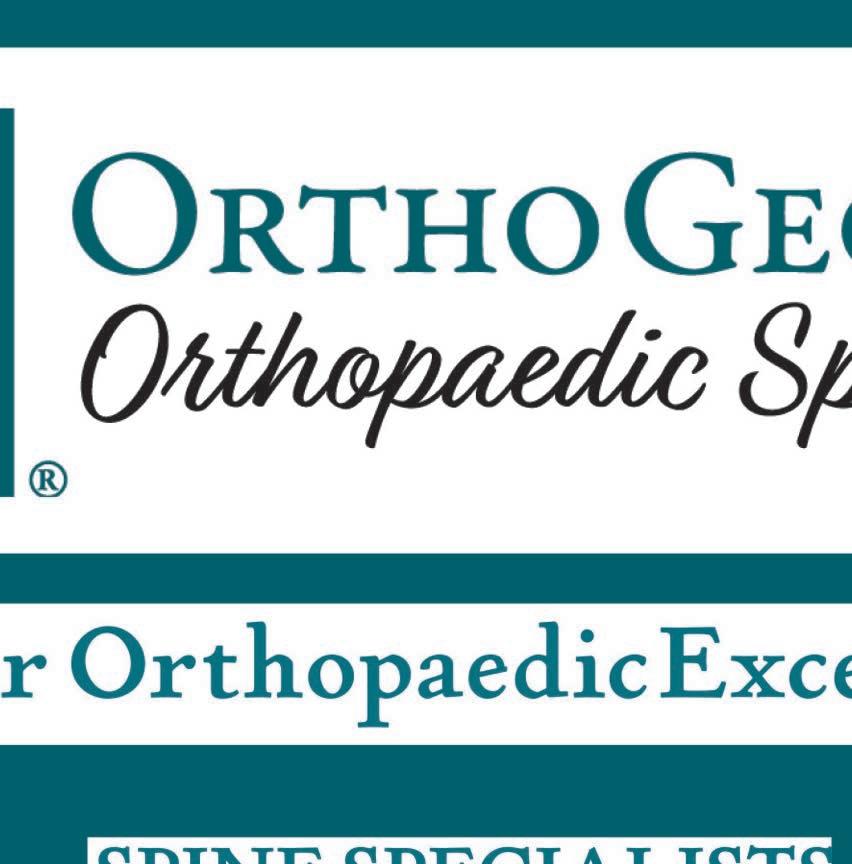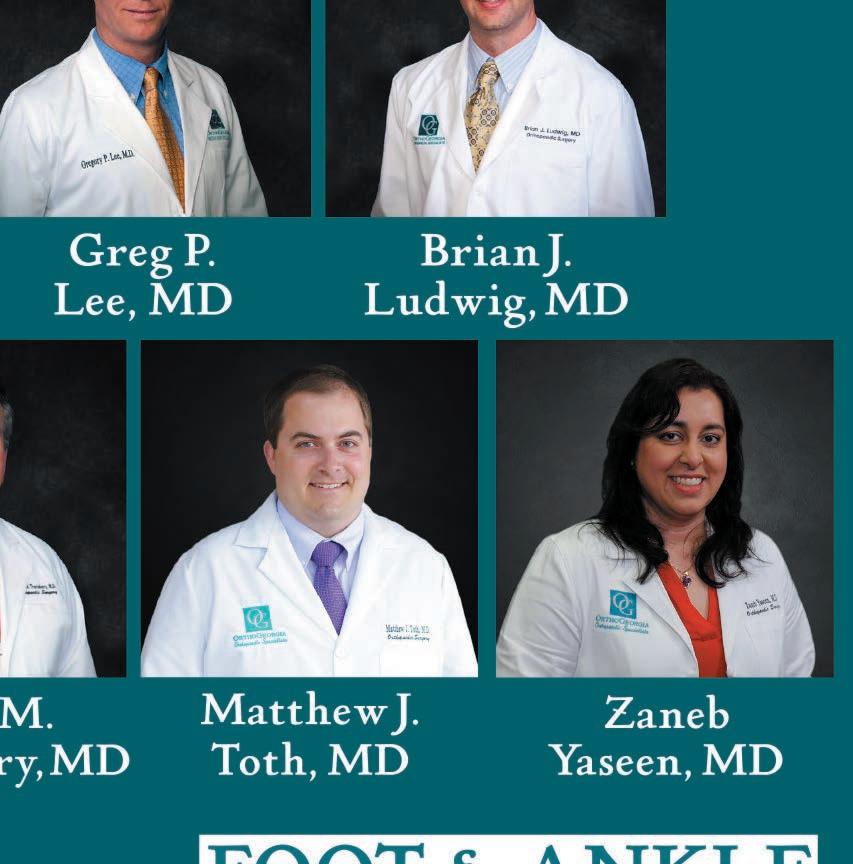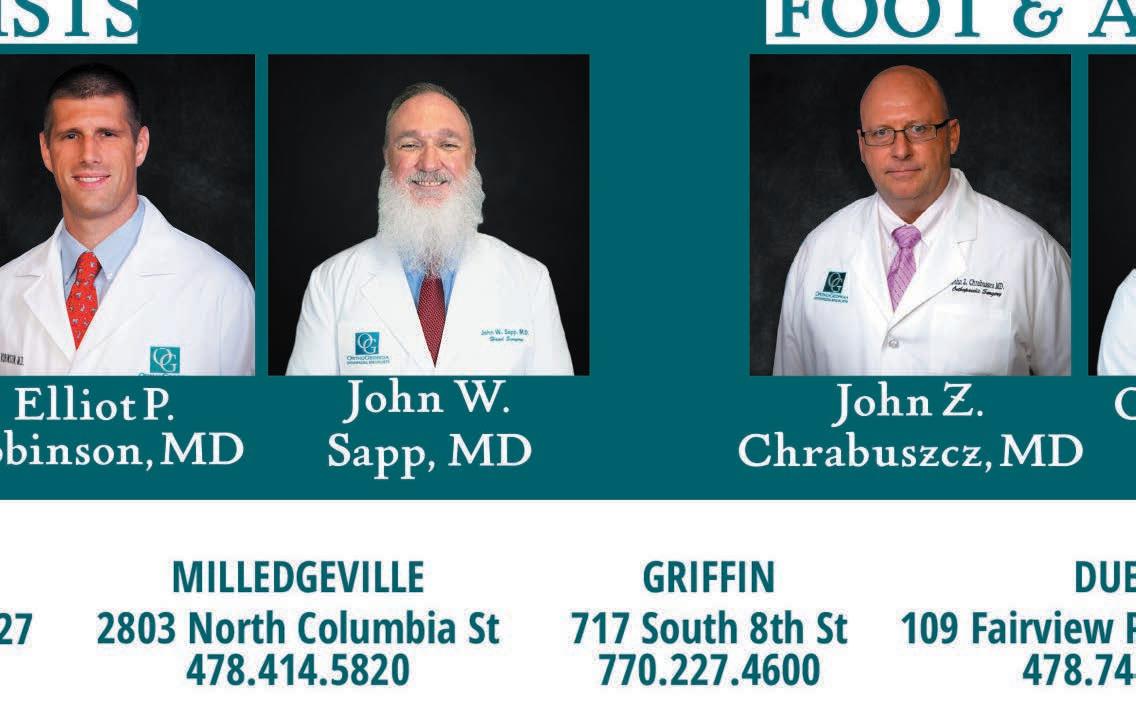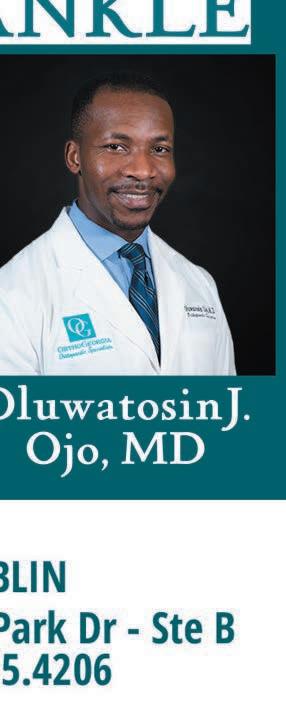
2 minute read
Enhanced Recovery After Surgery and the Rationale for Using Non-Narcotic Alternatives
Kim Duggan, MHA, BSN, RN-C

Corporations strive to improve customer satisfaction and retain valuable employees. Healthcare similarly aims to deliver clinical excellence and exceed industry standards. The value proposition becomes a partnership to effect change and increase profit margins and reimbursements through the delivery of high-quality and efficient health care.
Businesses are being challenged to secure qualified employees. Particularly since COVID, companies struggle to employ and retain a competent workforce. Employers are facing constant staffing issues that affect their ability to keep normal business operations. Many times, patients receive opioids after surgery which can lead to downstream side effects and adverse events. Such events may include increased risk of dependence and addiction, delayed recovery, and missed days of work. Consequently, when a staff member goes out for surgery, their position remains vacant or becomes the responsibility of other employees. As a result, company managers are anxious for the safe and speedy return of the employee back into the workforce.
Much like in business, to increase revenue without compromising value, healthcare must deliver quality care at a low cost. This is achieved by reducing care variation and providing clinical excellence through best practice programs. For surgical patients, utilizing evidenced-based protocols, create abundant downstream rewards by meeting the quadruple aim. An example of this is an Enhanced Recovery After Surgery (ERAS) program. A complete ERAS program delivers evidenced-based enhancements throughout all phases of care to mitigate the consequences seen with archaic surgical methods.
Healthcare also seeks to find cost savings wherever possible; the surgical arena tends to be a hotbed for costsaving opportunities. Frequently, decisions are made to eliminate “expensive” items from surgical cases and replace them with cheaper alternatives without understanding the clinical rationale.
At first glance, the use of opioids to manage postsurgical pain may appear to be the more cost-effective method due to its inexpensive upfront cost. However, the truth is that opioids may lead to future costs resulting from associated adverse outcomes such as bowel paralysis, leading to longer lengths of stay which increases overall costs.
The better option is to use a high-quality, opioid-sparing medication, that is non-narcotic, non-sedating, and long-acting which provides extended pain coverage. This enables patients to quickly begin their recovery journey which has shown to greatly reduce, or in some cases eliminate the need for opioids. By using a high quality, opioid-sparing medication patients can begin meeting discharge criteria hours, not days after surgery, thus returning to baseline, and allowing faster recovery.

With its many benefits and limitation of harmful adverse events, multimodal analgesia is essential to any ERAS program. Healthcare organizations and employers experience plentiful rewards through providing quality and improving the delivery of care, but the real winner is the patient.
Kim is an author and national subject matter expert on the Perioperative Surgical Home (PSH) and Enhanced Recovery After Surgery (ERAS) programs. Kim is the owner of IMPACT Surgical Consulting. With two decades in the surgical arena, Kim was one of the primary architects for establishing 18 complete ERAS surgical service lines for New Hanover Regional Medical Center in Wilmington, North Carolina.













